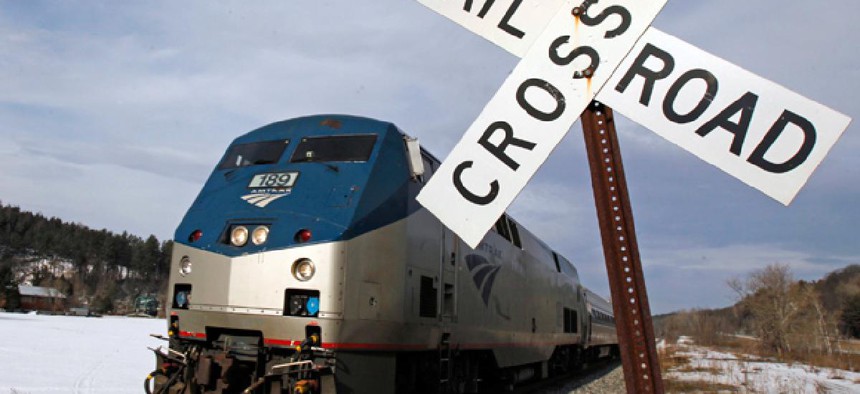How the fracking boom could transform transportation

Toby Talbot/AP
BNSF trains could soon be running on natural gas. Maybe one day, planes, too.
What to do with the natural gas glut produced by the US fracking boom?
One answer: Planes, trains and automobiles.
With oil prices high, transportation could soak up the supply of cheap natural gas. BNSF, America’s largest railroad and one of the biggest consumers of diesel, said last week (paywall) it would launch a pilot project to test the use of liquefied natural gas (LNG) in locomotives. Shell, meanwhile, announced it would build two plants in North America to liquefy natural gas for use in transportation. That move follows Shell’s plans to build LNG filling stations at a network of truck stops in the US.
“The use of liquefied natural gas as an alternative fuel is a potential transformational change for our railroad and for our industry,” Matthew Rose, chief executive of the railroad controlled by Warren Buffett’s Berkshire Hathaway, said in statement.
A look at the numbers explains Rose’s enthusiasm. A gallon of diesel sold for an average of $4.09 a gallon in the US on Monday, March 11, while LNG can provide as much energy for less than half that cost. And the California Air Resources Board estimates that LNG-fueled vehicles emit up to 25% fewer carbon, as well as far less particulate matter associated with heart and respiratory disease.





